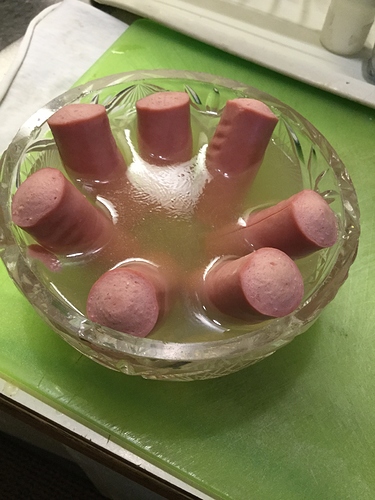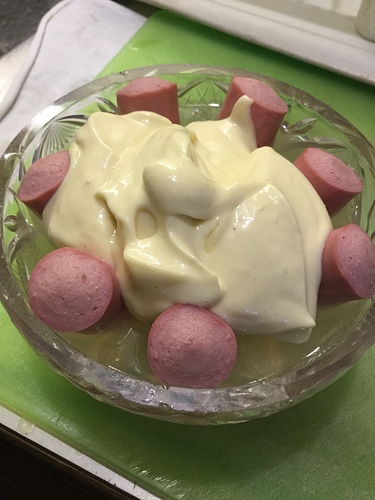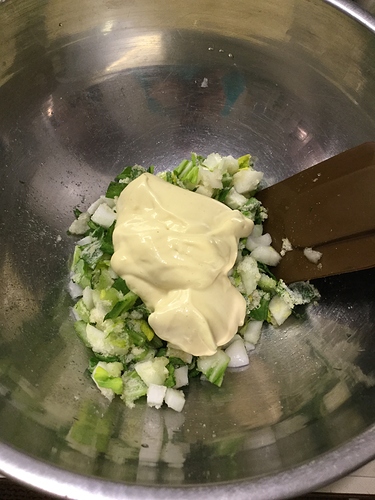Well, having done a bit of research, the whole collagen supplementation thing looks increasing questionable. It makes a lot of sense if you’re a low protein vegan, but for the average ketonian eating 1g/kg of protein per day, collagen supplementation is a dubious proposition at best.
As I understand it, regardless of how we consume protein, we break it down into it’s constituent amino acids. From there, we build our own proteins. Whether you’re eating steak or jello, it all goes into the same pool of available amino acids.
Here is the amino acid profile for $0.50 worth of hamburger and $1 worth of gelatin (primary difference between gelatin and collagen isolate is the hydroxyproline content, otherwise they’re almost identical). Spot much of difference? Not really. The chart on the left is more complete. The chart on the right has more glycine and proline.

Fortunately, the hamburger amino acid profile on the left is for 100g and I eat 550g of hamburger a day. So basically, multiply everything in the left hand chart by 5 mentally and compare that to the chart on the right. The chart for gelatin on the right starts to look like a rounding error. Another nice bonus with the hamburger is that they throw in 70% of my daily calories for free in the form of yummy fat along with a few dozen vitamins and minerals. Maybe the carnivores are onto something, but don’t tell them I said so… 
https://nutritiondata.self.com/facts/beef-products/6211/2
https://nutritiondata.self.com/facts/sweets/5480/2
There are still some possible ways that collagen supplementation could make sense:
- You’re on a low protein diet
- You’re on a vegetarian diet
- You’re on a moderate protein diet and glycine and proline hydroxyproline are particularly important for you
- Meal timing is important
The first 3 don’t apply to me, but it’s conceivable that the fourth ones does. If there is indeed a window of time where amino acid availability is critical for the synthesis of tendon tissue, and it’s not possible to eat a normal meal during this window of time, water soluble collagen isolates are pretty convenient way to top off the ol’ amino tank. It doesn’t taste too bad, and hot water is easier to find than a microwave sometimes.
Other than that, it’s hard to fathom a use case for collagen supplementation based on the minimal amount that I know. Is anybody aware of information that contradicts any of the points above?












 Happy to know my little aspic was possibly instrumental in a new family adventure! I will caution, though, neither unflavoured gelatin nor Vienna Sausage have much flavour. So I’d recommend flavoured gelatin to get the kids’ attention. Unless you have some really fine mayo with lots of flavour.
Happy to know my little aspic was possibly instrumental in a new family adventure! I will caution, though, neither unflavoured gelatin nor Vienna Sausage have much flavour. So I’d recommend flavoured gelatin to get the kids’ attention. Unless you have some really fine mayo with lots of flavour.